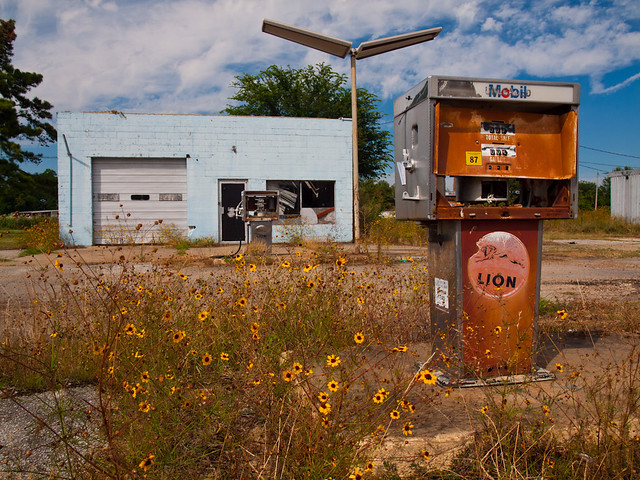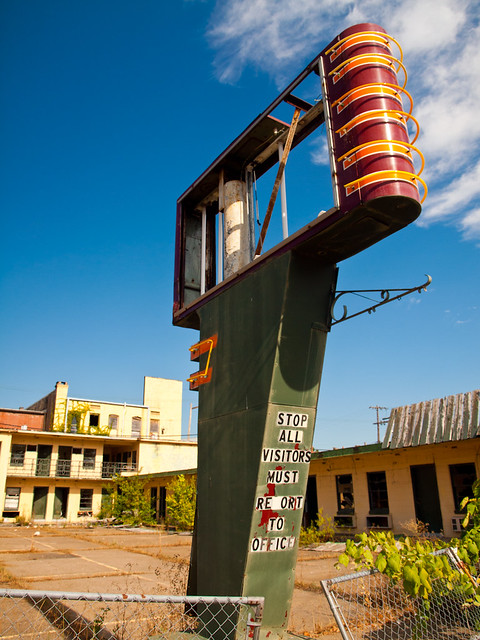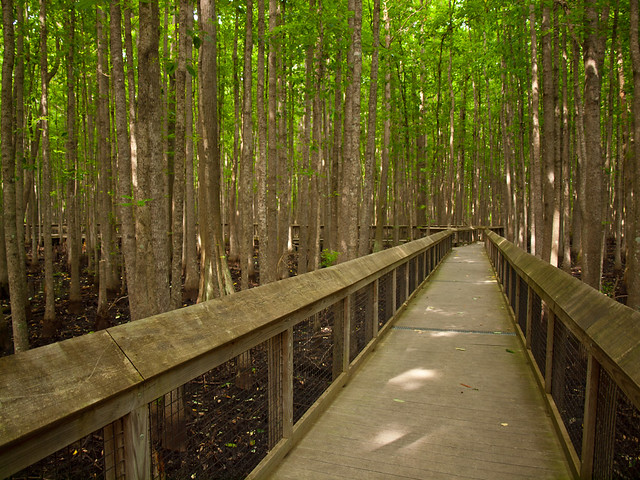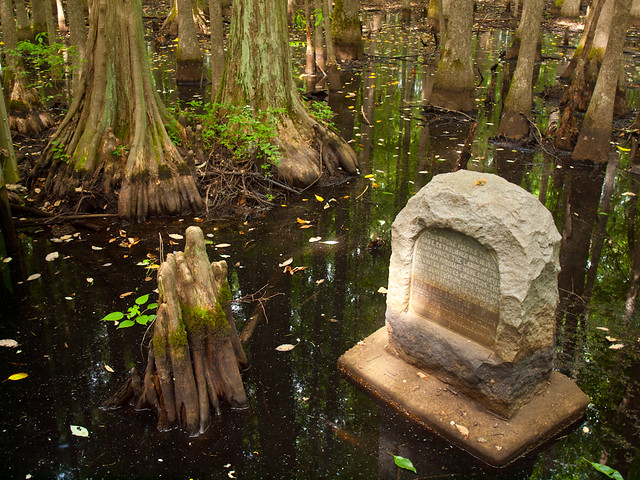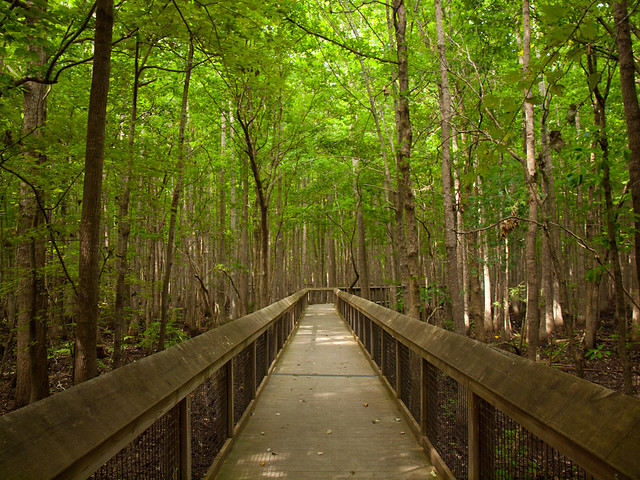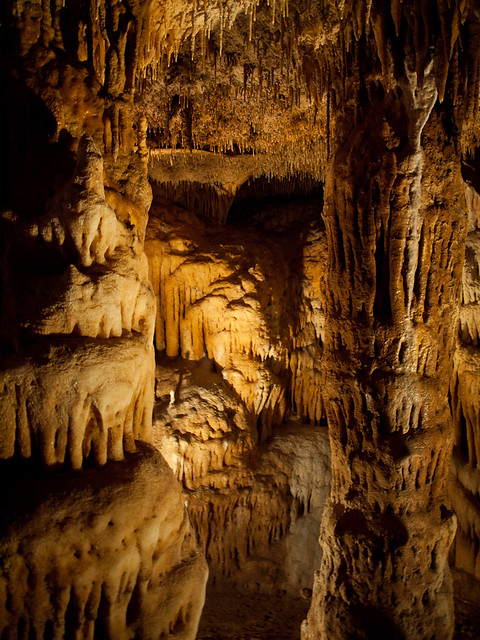Last weekend, the fiancé and I decided to get out of the city and make a little road trip out into the country. It was a nice day for it, as it was surprisingly cool outside (only in the upper 80s, which is nearly freezing for Arkansas in July). So we left Little Rock and headed east, driving towards the small town of Scott.
Scott is only 15 miles or so from Little Rock, but it feels a lot farther out. The town, with a population of only 72 people, is also home to numerous old homes, barns, plantation homes, churches, gins, and an awesome burger place. We drove through town and stopped at this old church. It seems like it's been empty for many years, with only a congregation of flowers to keep it company.
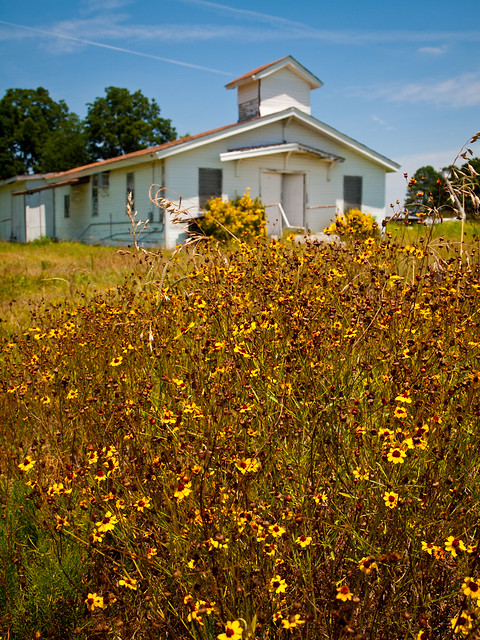
We drove further on, heading towards the town of England. Along the way, we drove by another old church that appears to have been abandoned long ago.
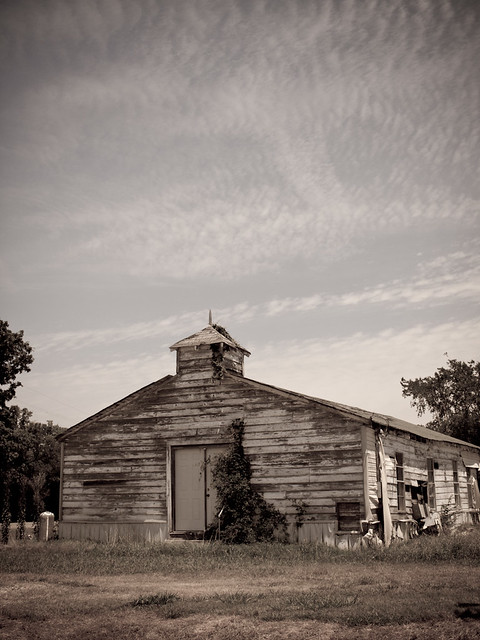
I drove by this same church
last year and took a few pictures. The only difference between now and then is more ivy (or some other sort of plant) growing up by the front door.

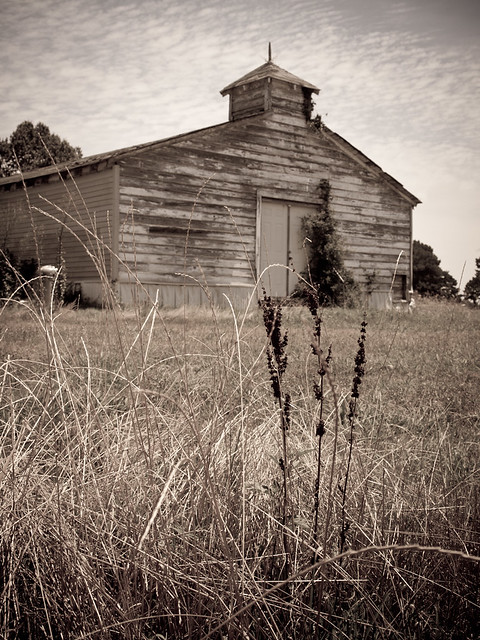
We made it to England, which also contains a good number of cotton gins and other assorted antique farm buildings.
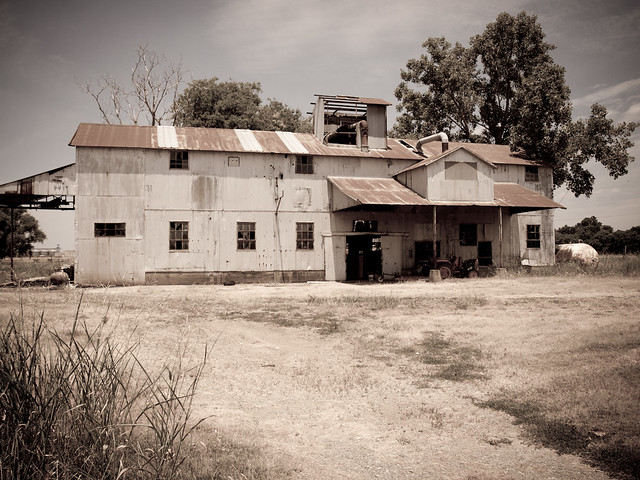
The antiquated building is being guarded by this old truck, which keeps sentry in a field across the street.

We headed out of England and drove further east, deeper into the Delta. The land is as flat as paper, with rice and wheat fields broken up by dusty dirt roads and the occasional swampy creek.
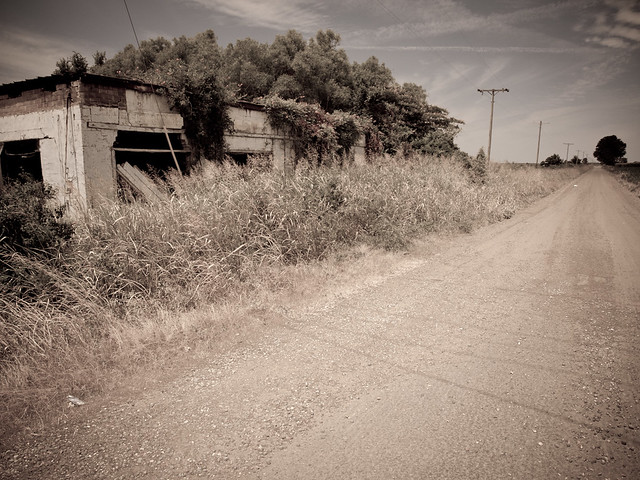
We drove east along Hwy. 165 towards Stuttgart. I somehow got distracted and turned down a bumpy dirt road that went by this old cotton gin, abandoned and empty except for the overgrown weeds that surround it.
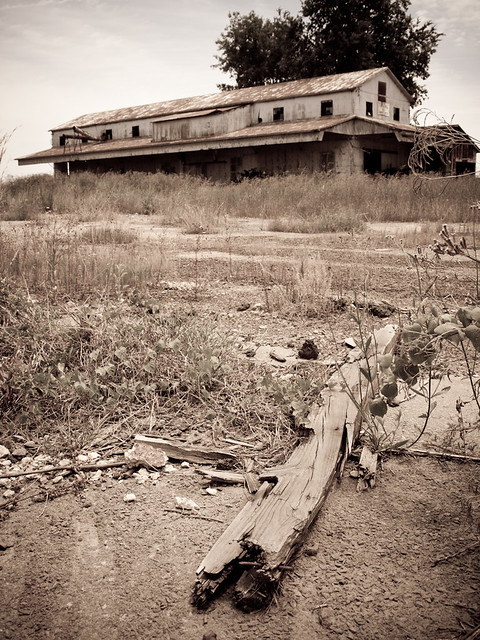

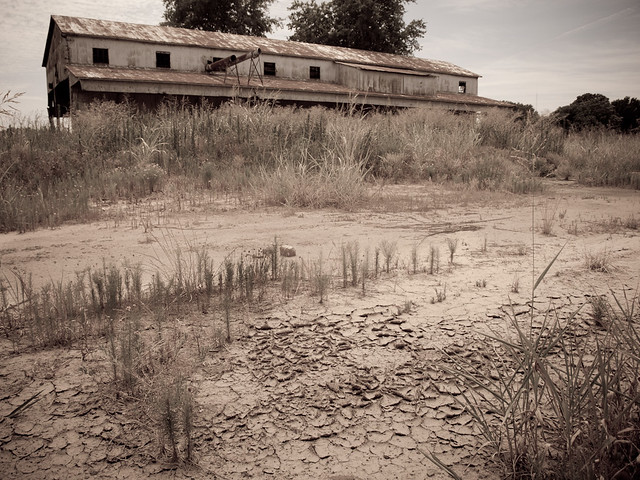
Back in the car, we headed east again. We drove through the towns of Ulm, Humnoke, and Stuttgart. It's always interesting to drive towards Stuttgart. The grain elevators there resemble skyscrapers from a distance, which makes it appear as if you're driving towards a much larger city.
After passing through Stuttgart, we headed northeast on Hwy. 79 through more fields and then over the White River at Clarendon. There is a neat old courthouse in Clarendon, which is the county seat of Monroe County.
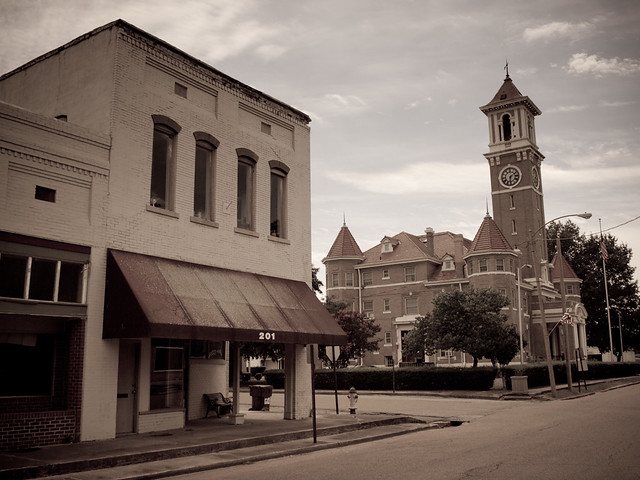
Today, only 1,920 people live in Clarendon. The city is old - it was originally founded in 1859, but people have lived at the site of the town since the 1820s. The city sits at the intersection of the White River and the old Military Road that connected Little Rock and Memphis. Clarendon was burned during the Civil War, but prospered in the early 20th century thanks to the popularity of the shells and pearls harvested from freshwater mussels. But like most of east Arkansas, it looks like the town has fallen on hard times. This is one of the buildings, down the road from the courthouse...
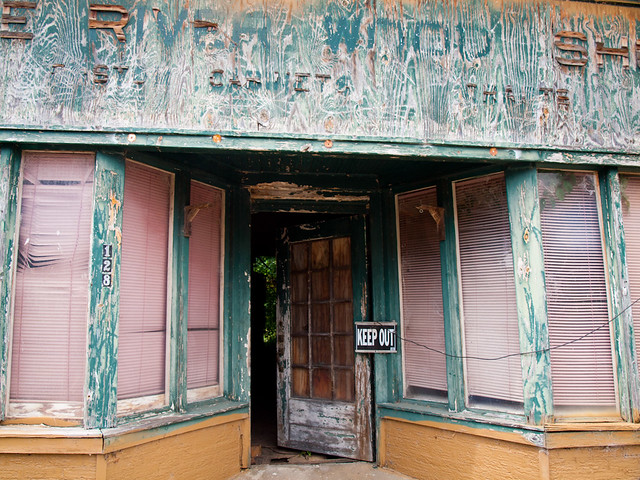
And the back of another building, also located by the courthouse:

We stopped to get some snacks and cokes in Clarendon, and then headed further east again....





